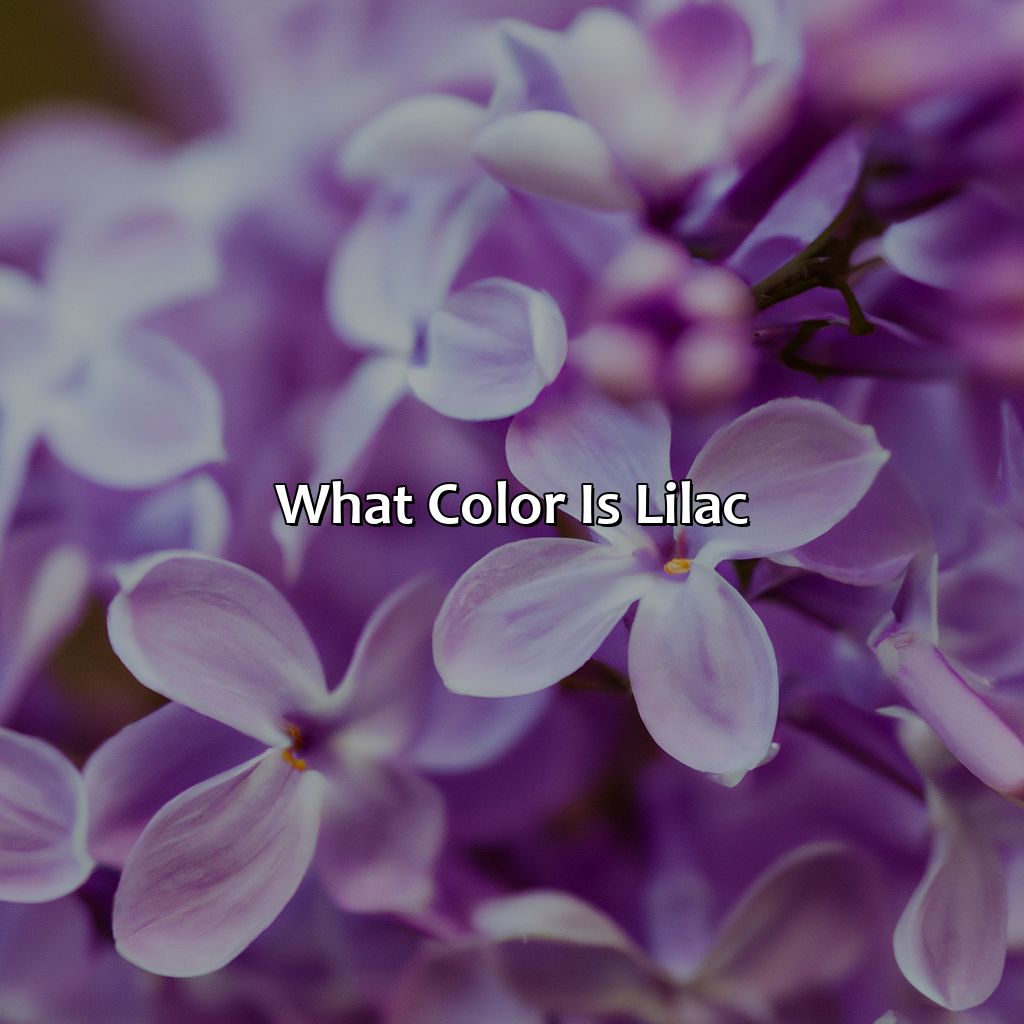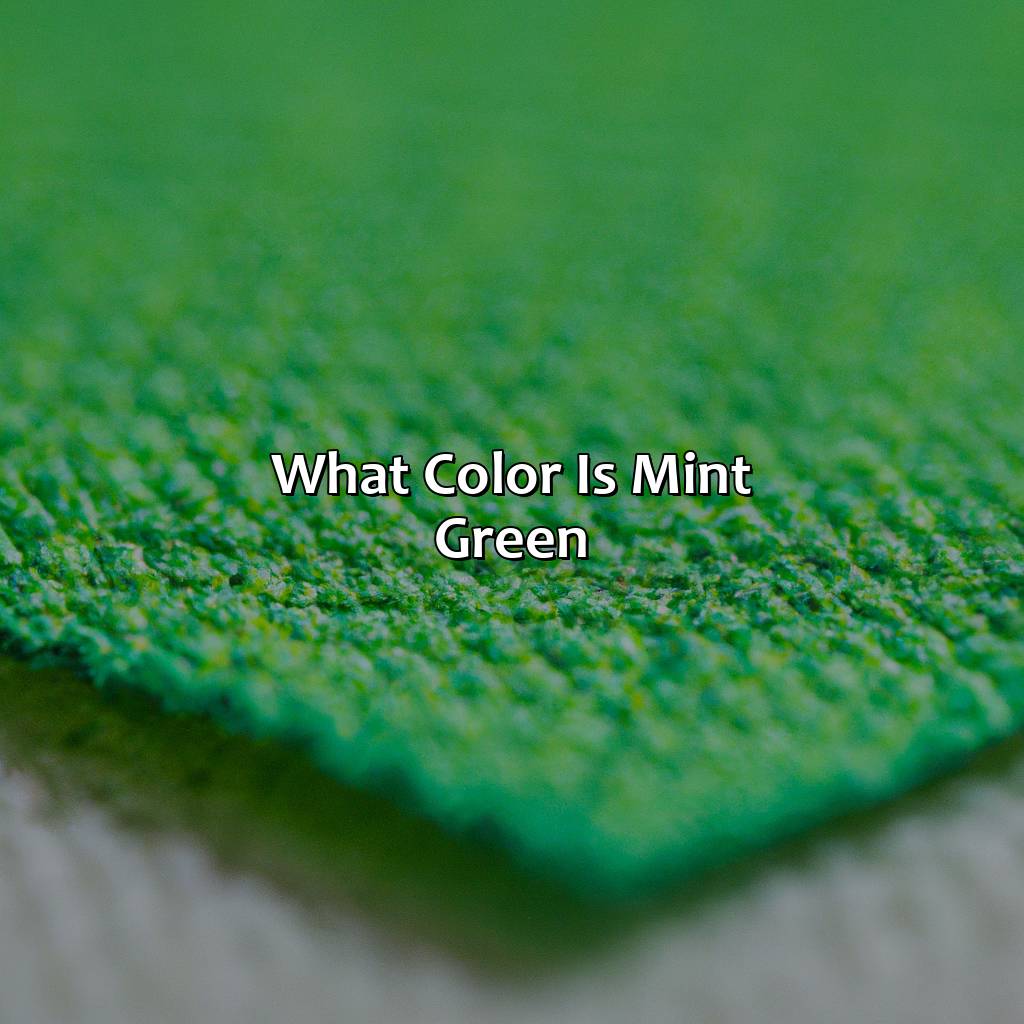Key Takeaway:
- Lilac is a color that ranges between pale purple and light pink, and it is named after the lilac flower, which is known for its fragrant blooms.
- There are many shades of lilac, including pale lilac, dark lilac, lilac purple, lilac grey, and lavender. Lilac can also be combined with other pastel colors such as shades of pink, blue, and green to create unique color combinations.
- Lilac is often associated with calmness, peacefulness, and relaxation. It is frequently used in fields such as fashion and design, home decor, and beauty products due to its calming properties and versatility as a color.
What is Lilac?
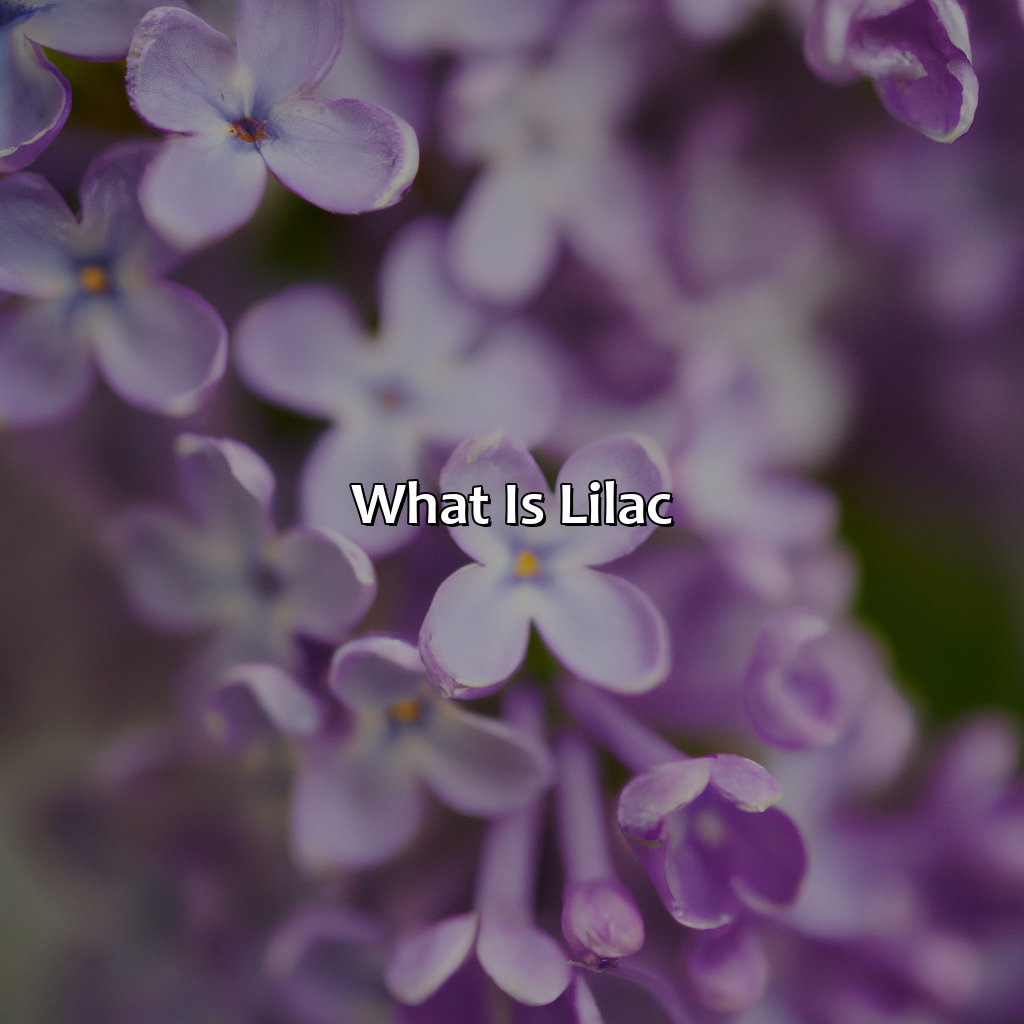
Photo Credits: colorscombo.com by Bobby Mitchell
Lilac is a flowering plant that belongs to the genus Syringa. It is known for its fragrant and colorful blossoms that come in various shades of purple and pink. Lilacs are commonly found in gardens and landscapes, and their blooms are often used for ornamental and aromatic purposes.
This plant has a long and rich history, tracing back to ancient Persia where it was highly revered for its beauty and scent. In Europe, lilacs were first introduced in the 16th century and became popular among the wealthy for their luxurious aroma and aesthetic appeal.
Today, lilacs are still prized for their striking appearance and sweet fragrance. They are also used in various cosmetic products and perfumes for their unique scent. As for their color, lilacs typically range from light pink to deep purple, but there are also white, yellow, and blue varieties.
Lilac Colors and Shades

Photo Credits: colorscombo.com by Kenneth Garcia
Lilac colors and shades are a beautiful and versatile range of hues that can be used in various color combinations. From pale lilac to dark lilac, this hue has a subtle and soothing effect. When combined with shades of pink or purple, lilac creates a lovely pastel color palette that is perfect for romantic or feminine designs. Shades of blue or grey incorporated with lilac can produce a calming effect, while combining it with shades of red or yellow can create a bold and striking look.
Lilac is often used in floral arrangements and is available in a variety of shades, including lilac purple, lilac grey, lavender, and violet. Experimenting with color combinations using lilac is a fun and creative way to add depth and interest to any design. By using light purple, pastel purple, or dark purple in combination with lilac, designers can create unique and eye-catching palettes. Ultimately, the key to using lilac successfully is to experiment with a range of shades and combinations to find the perfect match for any design.
Symbolism and Meaning of Lilac
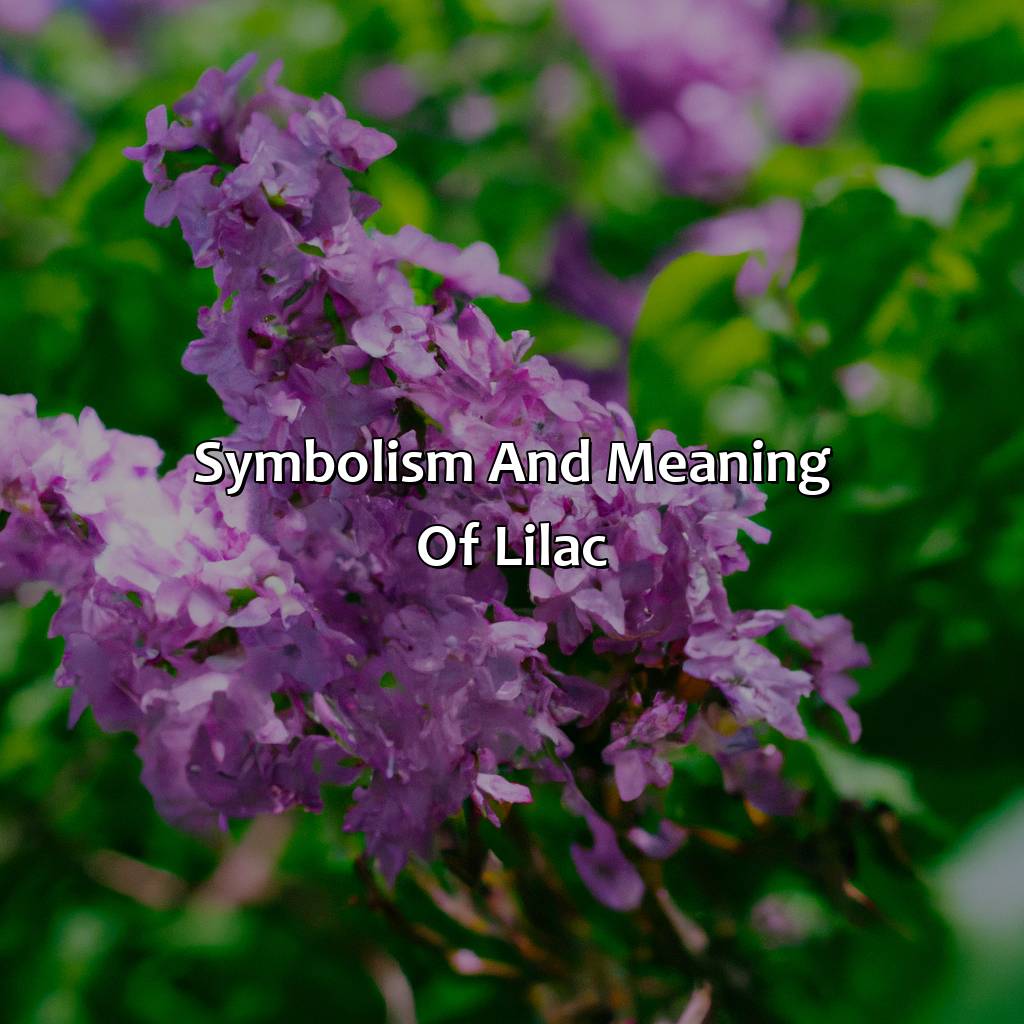
Photo Credits: colorscombo.com by Samuel Torres
Explore the deeper meaning of lilac flowers with us! We discuss different cultural and traditional associations of lilac in different parts of the world. Plus, find out how lilac has inspired people throughout history!
Sub-sections include:
- Lilac in Different Cultures and Traditions
- Lilac in Literature and Art
Lilac in Different Cultures and Traditions
Lilac has been a symbol in various cultures and traditions throughout history. Its delicate color represents purity, innocence, and love in Western culture. In Eastern culture, lilac is a symbol of tranquility and renewal. Moreover, the Greeks believed that lilacs were symbols of divinity and used them in their religious rituals. Ancient Egyptians also used lilacs to make their perfumes because they believed they have healing properties.
In some Native American tribes, lilacs are used for medicinal purposes as well. The Ojibwa tribe uses them to treat coughs, and the Navajo tribe uses it as a poultice to help heal wounds. In Iran, during the annual festival of Sizdahbedar, people take a picnic outdoors to celebrate nature’s abundance and bring lilacs with them as signs of happiness.
Despite its numerous significances across different cultures and traditions, in Christianity, lilac was associated with mourning or death because it bloomed around Easter time when Jesus Christ was crucified on Good Friday.
The history of Lilac traces back to ancient Greece when Hippocrates used it for cleansing wounds and ulcers on the body; he also recommended inhaling its scent for respiratory problems. Later on, the herbalist John Gerard described that drinking distilled Lilac water could ease symptoms such as headache or heart palpitations.
Thus, Lilac has been an essential part of various cultures over centuries due to different beliefs and practices influenced by different regions worldwide. It continues to fascinate many due to its beauty, subtle fragrance, and various symbolic meanings that it embodies. From Shakespeare to Monet, Lilac has been a beloved theme in literature and art for centuries.
Lilac in Literature and Art
The color lilac has strong connections with literature and art. Throughout literary works, lilac symbolizes the first love, youthful innocence, and purity. In art, lilac’s various shades have inspired painters to create magnificent pieces. The pastel shade of lilac can create some surrealistic or romantic themes in paintings, whereas the darker tone represents melancholy and nostalgia. The French Symbolist painter Odilon Redon was particularly fond of this hue and incorporated it into many of his works.
Moreover, the symbolic meaning of lilac is significant in poetry as well. For instance, in Emily Dickinson’s “Lilacs,” she describes “purple robe” that covers the earth to signify a new beginning. Similarly, Walt Whitman equates lilacs with springtime beauty in his poem “When Lilacs Last in the Dooryard Bloom’d.” Nathaniel Hawthorne also references lilacs as a symbol of Revivalism of mankind.
Additionally, throughout history, painters were fascinated by this floral color’s charm and used it as a primary paint for their artwork. In modern times, artists still admire lilac’s mesmerizing beauty and continue to depict it in their works. This color’s vibrancy can play a massive role in setting up different moods across various canvases.
Fun Fact: According to Pantone Color Institute- The Spring Color Report 2020 listed “lilac breeze” and “lavender” among their top color picks for 2020 fashion trends.
Lilac isn’t just a beautiful flower, it’s a versatile color that can spruce up anything from your kitchen to your wardrobe.
Usage of Lilac in different Fields
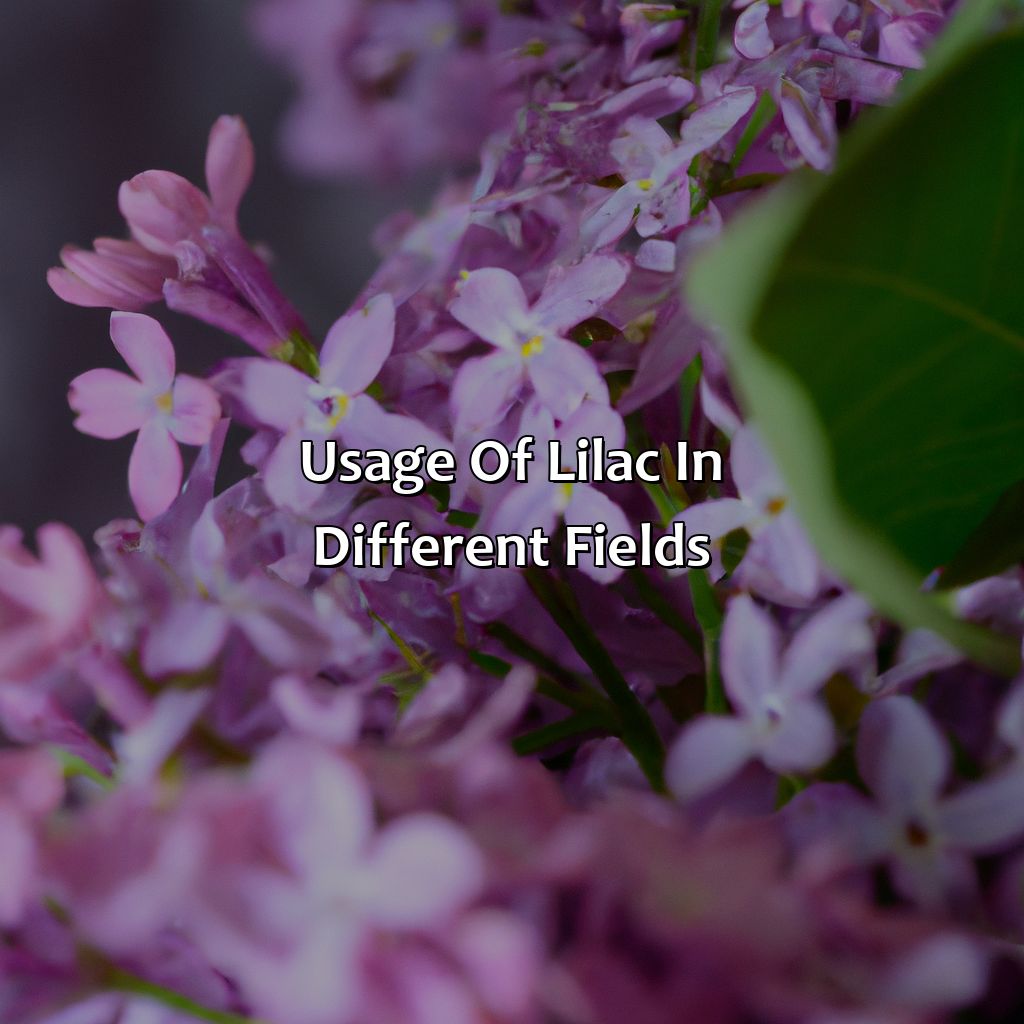
Photo Credits: colorscombo.com by Eugene Robinson
Lilac can be incorporated in fashion and design as well as landscape and gardening. In home decor and accessories, lilac can be used in curtains, couches, rugs, bedding, and towels. Lilac paint can be used to create a soothing atmosphere in a bedroom while a lilac bouquet can be used in a wedding. In addition, lilac essential oil, scented candles, perfume, soap, lotion, exfoliant, and beauty products provide a wide range of options to enhance and invigorate one’s well-being. A pro tip is to use lilac accessories or decor sparingly to avoid overwhelming a room.
Fun facts about Lilac
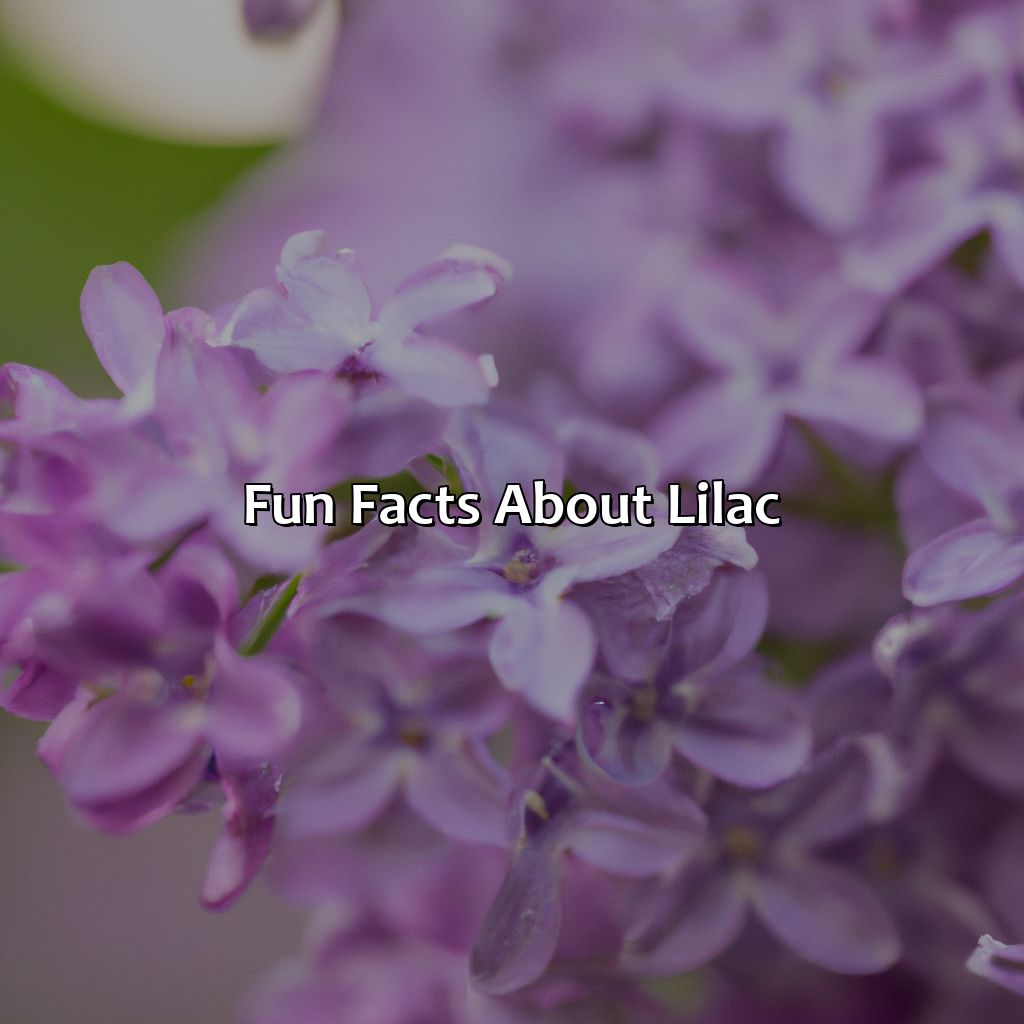
Photo Credits: colorscombo.com by Benjamin Lee
Lilac, a beautiful flowering plant with pastel-colored blooms, has a rich history and unique characteristics that make it a beloved addition to gardens and landscapes worldwide. One interesting fact about lilacs is that they are often associated with Easter, as they typically bloom around the same time. Additionally, lilacs have been used for their medicinal properties in the past, such as alleviating fevers and headaches.
Famous people named Lilac include Lilac Jackson, an American singer-songwriter, and Lilac Osanai, a Japanese actress and model. Despite its delicate appearance, lilacs are surprisingly hardy and can withstand harsh winters. Their fragrant aroma is also a favorite among bees and butterflies, making them a valuable addition to pollinator gardens.
If you’re considering adding lilacs to your garden, it’s important to choose a suitable location with well-draining soil and ample sunlight. Pruning is also important to encourage healthy growth and prevent disease. One suggestion is to prune lilac bushes immediately after blooming to promote new growth. Another suggestion is to use a fertilizer specifically formulated for flowering plants to encourage robust blooms. By following these tips, you can enjoy a stunning display of lilacs in your own backyard.
5 Well-Known Facts About What Color Is Lilac:
- ✅ Lilac is a pale, pinkish-purple color.
- ✅ The color gets its name from the lilac flower, which blooms in the spring and has light purple petals.
- ✅ Lilac is often associated with romance, femininity, and grace.
- ✅ The hex code for lilac is #C8A2C8.
- ✅ Other shades of purple, such as lavender and violet, are often mistakenly referred to as lilac.
FAQs about What Color Is Lilac
What color is lilac?
Lilac is a pale purple color that is similar to lavender but with a pinkish hue.
Can lilac be darker or lighter?
Yes, lilac can appear darker or lighter depending on the specific shade. Some shades of lilac may be more muted and grayish, while others may be brighter and pinker.
How is lilac different from lavender?
Lilac is similar to lavender, but it has a pinkish hue instead of a blueish one. Additionally, lilac is often lighter and less saturated than lavender.
What colors complement lilac?
Colors that complement lilac include gray, white, silver, and mint green. These colors can help to balance out the pinkish tones in lilac.
Can lilac be used in home decor?
Yes, lilac can be a great color to use in home decor. It can add a soft and calming touch to a room, especially when paired with neutrals like white and gray.
Does lilac have any symbolic meaning?
Lilac is often associated with purity, innocence, and love. In some cultures, it is also seen as a symbol of spirituality and enlightenment.
